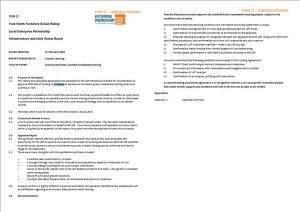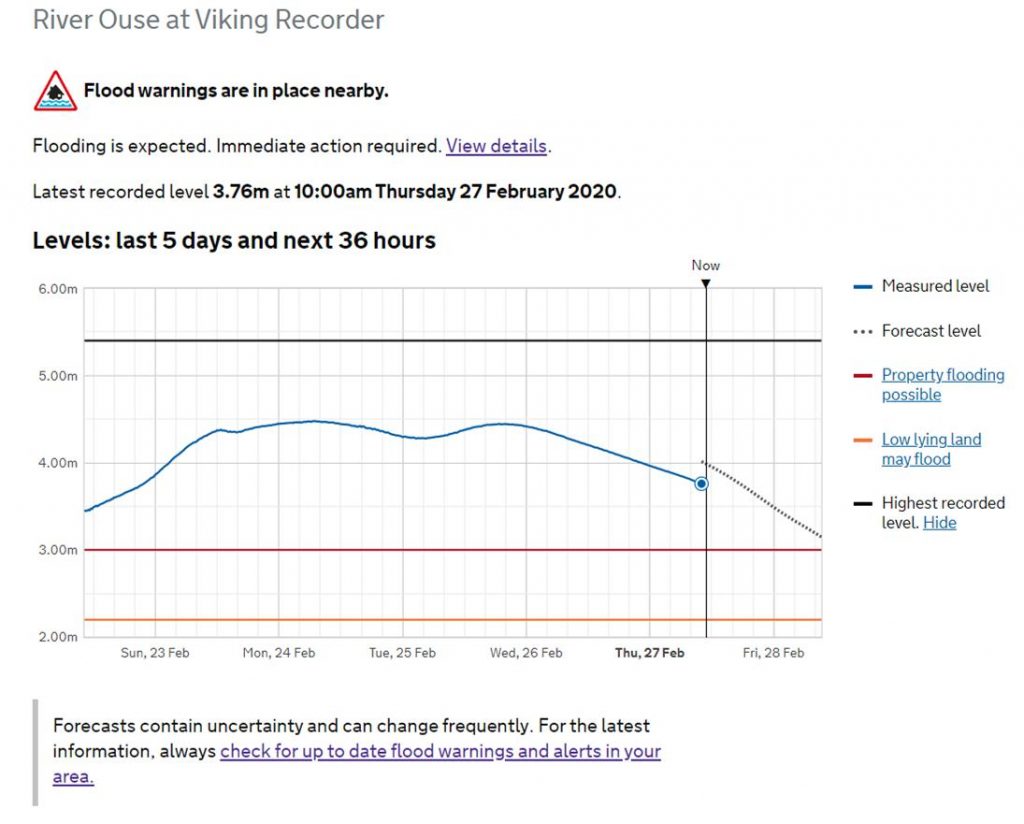
Those hoping for more transparency at the York Council under its new LibDem/Green leadership have been desperately disappointed this week.
First a failure to reform the system for granting early release resulted in a “behind closed doors” decision which could be costing taxpayers hundreds of thousands of pounds.
Now the Council has closed down direct access to the responses that it has made to Freedom of Information requests.
For over 10 years residents were able to browse “on line” what the Council had said in response to requests.
No more.
The responses have been removed from the Council web site and users must now search a “disclosure log“ before requesting copies of the responses.
There are hundreds of FOI and Environmental Information Regulations (EIR) requests made each year.
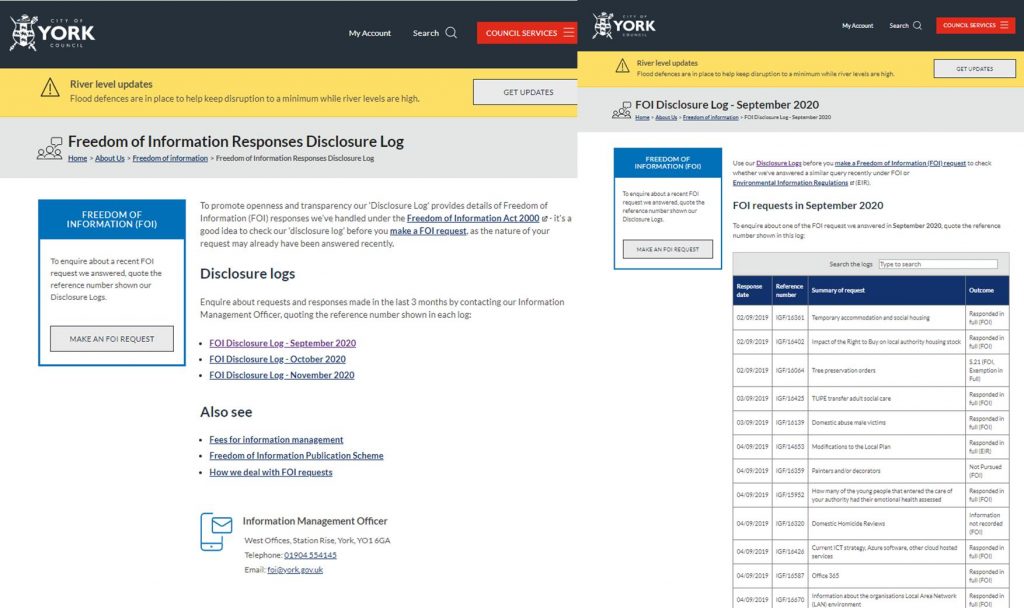
In most cases the issue titles used on the log – which is 6 months out of date – give little clue as to what has been asked. Much less could users second guess the answers.
Instead they must make an application for access to the source document.
In most cases we would expect that researchers would simply submit a new request.
At present the “What do they know” web site is unaffected https://www.whatdotheyknow.com/select_authority
The performance of the Council in responding to FOIs is poor. There is one current example – a request for copies of Service Level Agreements – which has been outstanding for over 4 months; well outside the performance target set by the Information Commissioner.
Ostensibly the Council has made the change to ensure that those with disabilities have the same opportunity to get information as the able bodied.
Unfortunately the Councils interpretation means that both sectors of the community will now share a common level of ignorance and inconvenience.
As a minimum the Council should put a link on its “register” to the actual documents. Web services such as “dropbox” make this very easy to do.
A parallel service for disabled uses should also be made available.

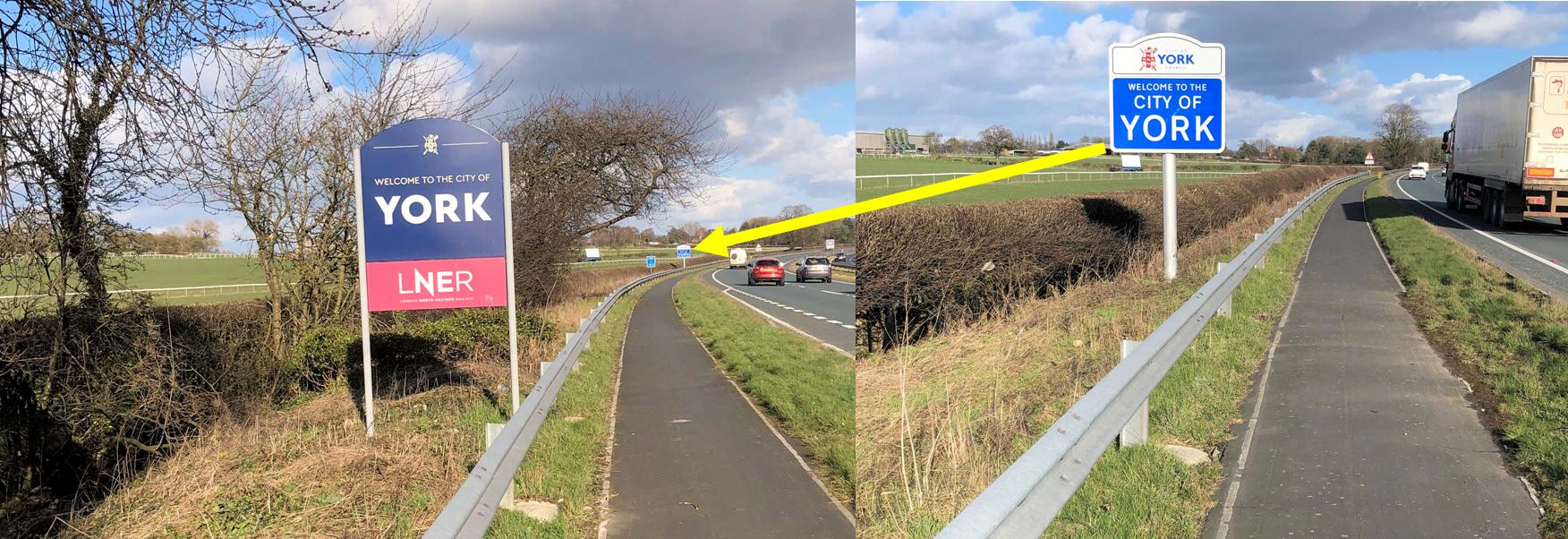 The Council are preparing to have one of their periodic chats about their “image” over the next few days. The style and use of logos will be on Councillors minds as they seek to redefine the authorities
The Council are preparing to have one of their periodic chats about their “image” over the next few days. The style and use of logos will be on Councillors minds as they seek to redefine the authorities 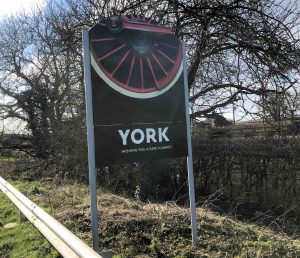
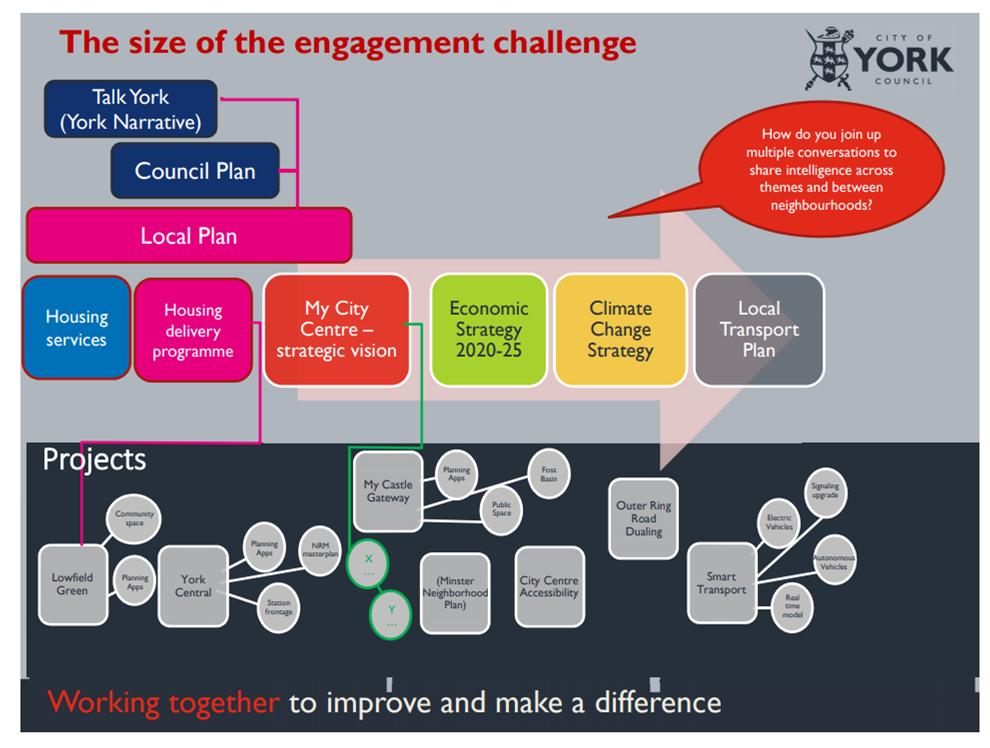

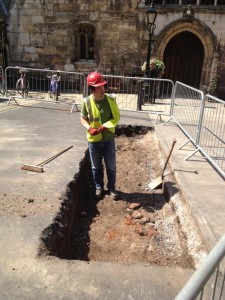
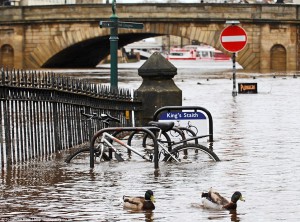 City of York Council will be keeping its temporary defences in place over the weekend as a precaution and to reassure residents, visitors and businesses that York is open for business.
City of York Council will be keeping its temporary defences in place over the weekend as a precaution and to reassure residents, visitors and businesses that York is open for business.



